USA and Canada
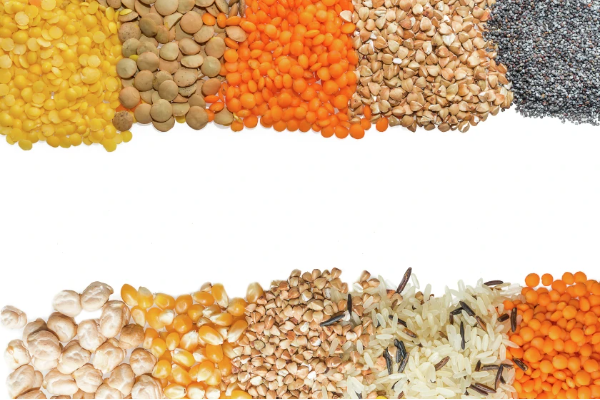
USDA reports supportive to grains
The grains finished the second week of January with gains due to support from USDA’s friendly data dump on Thursday. The grains started the week posting losses in the first two sessions but posted strong gains the last three sessions of the week. By the end of the week Minneapolis wheat was up over 10 cents; Chicago wheat steady; Kansas City wheat up 12 cents; corn up 20 cents; and soybeans up 35 cents.
The second week of January started off on the negative side with most of the early week activity focused on index fund repositioning. As is usually the case, index funds evened up positions ahead of the holiday season and looked to reposition during the first full week of trading. That drove the market early in the week as the only other news in the grains was old news.
Hot dry conditions continue to be in the forecast for Argentina and southern Brazil. There is a chance of rain around mid-January, but at this point there is little confidence in that forecast. Longer term forecasts are calling for the weather pattern to completely change by February, returning to a more normal weather pattern. That forecast has not gained much traction at all.
Read More…
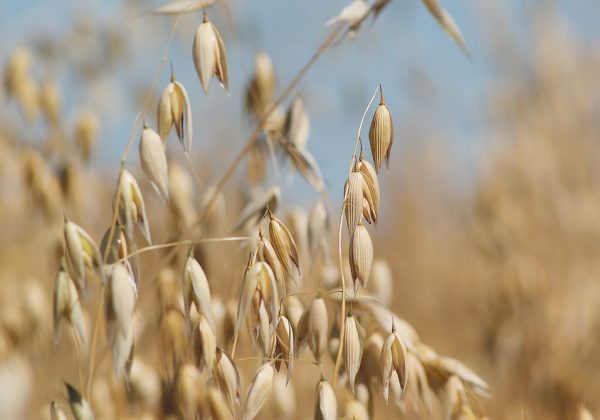
Oats take a hit in first 2023-24 crop estimate
Agriculture Canada released its first crop projections for 2023-24, forecasting a very notable drop in oats.
In the department’s January supply and demand estimates, released today, it cut oat production by almost 31 percent at 3.611 million tonnes when compared to 2022-23. The department chopped the carryout for oats by nearly 48 percent at 600,000 tonnes.
For all wheat, Agriculture Canada projected production to bump up 1.5 percent at 34.327 million tonnes. It raised canola by 1.8 percent at 18.50 million tonnes, and soybeans 3.5 percent at 6.770 million tonnes. Corn was lowered 4.8 percent at 13.845 million tonnes, while durum, barley and flax remained relatively steady.
As for ending stocks, those for all wheat, durum, barley, canola, flax, and soybeans were raised.
January estimates for Canadian major crops supply and demand are in million tonnes.
Read More…
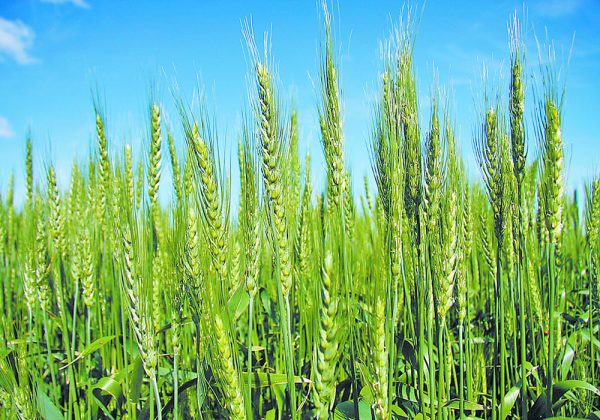
Canada left out of Syngenta’s hybrid wheat variety plans
Hybrid wheat is finally arriving in North America, but it won’t be making an appearance in Canada anytime soon.
Seed growers in the United States are expected to plant 5,000 to 7,000 acres of Syngenta’s hybrid wheat this year in preparation for a full commercial launch in 2024.
The company has been developing the crop since 2010, so it has been a long time coming. Hybrid corn has been on the market since the 1930s by comparison.
Syngenta Canada said there are no plans to advance hybrid wheat in Canada at this time.
Dan Wright, head of seeds for Syngenta Canada, said the company put its Canadian hybrid wheat breeding program on hold in 2018 and has not resuscitated it.
At the same time, the company stopped working on its first generation of hybrid wheat in the U.S. and started focusing on its more promising early-stage, second generation material.
Read More …
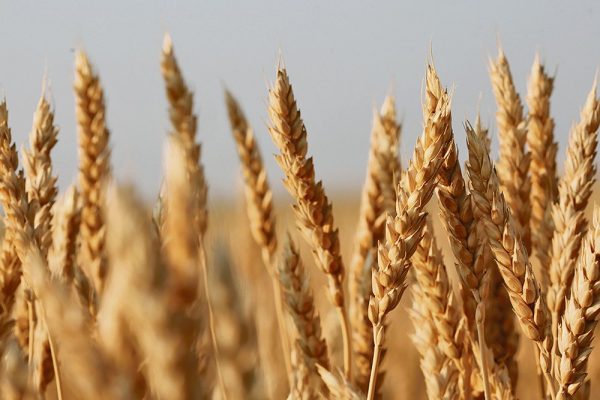
Researchers discover semi-dwarf wheat gene
Semi-dwarf wheat varieties have been used for decades, but they have limitations. The dwarfing aspect affects all stages of growth including the restricted growth of a seedling and the emergence of the first leaf and stem that will transport the young plant from its embryo stage to the soil surface, a process known as coleoptile.
To overcome these restrictions, researchers at the John Innes Centre at Norwich, United Kingdom, have discovered a new height-reducing gene named Rht13 that will allow seeds to be planted deeper in the soil with better access to moisture and with no adverse effect on each seedling’s early growth stages.
The potential is that varieties of wheat with the Rht13 gene could be efficiently bred with other wheat varieties to expand the production of reduced-height, climate resilient wheat varieties in regions with drier soil conditions.
Read more…
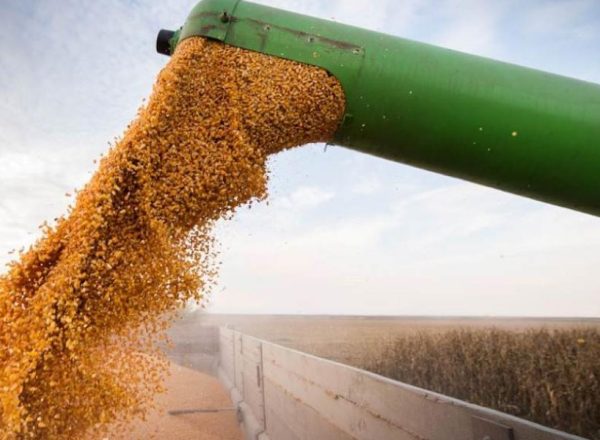
USDA’s Reports Had an Even Bigger Surprise Than the 1.6 Million Acre Drop In Corn, and It Deals with Demand
USDA’s January reports last week sent some supply shocks to the market. The agency penciled in a 1.6 million-acre-drop to U.S. unharvested corn acres. The adjustment took the market by surprise as to where those acres went.
Basse admits the 1.6-million-acre drop was a surprise to him, but the bigger question for Basse is on the demand side. “The demand side of the equation is not good,” says Basse. “But we got a supply side now that’s at least going to underpin the breaks until we get some better weather in Argentina,” says Basse.
USDA’s demand changes include:
- Lowered corn demand by another 150 million bushels
- USDA’s cut corn exports 55 mb
- Feed and Residual cut by 25 mb
- A cut to soybean export demand by 55 mb
- Trimmed soybean residual use by 4 mb
Read more…
New Zealand
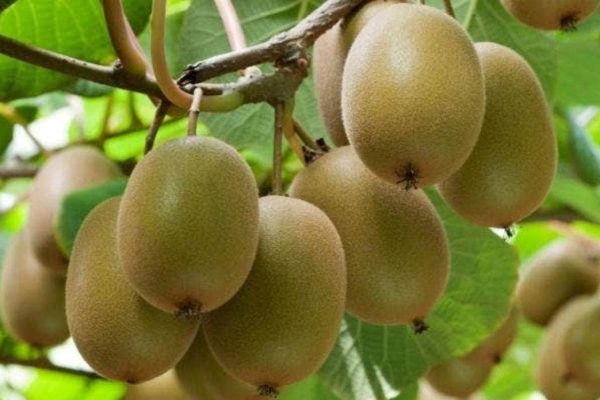
Kiwifruit marketer Zespri to focus on fruit quality concerns over the next five years
Zespri will follow a conservative five-year growth plan as the kiwifruit marketing cooperative still faces fruit quality concerns and many other unknowns.
Chief grower at Zespri, Carol Ward, said the cooperative allowed only 350 hectares of new SunGold kiwifruit orchard to be planted this year to meet growing demand for fruit.
It had previously considered up to 700ha, Ward said.
The conservative move was an attempt to focus on meeting consumer quality demands, Ward said.
Last year the industry faced fruit quality issues that Zespri chairman, Bruce Cameron, warned could become a $500 million problem if not fixed.
Read More here...
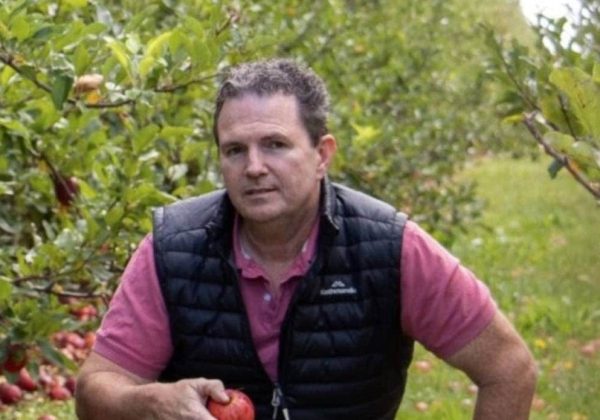
‘Three plum harvest’ marks soggy summer for grower
When you have just three plums on 7000 trees, you know you’re staring down the barrel of a terrible harvest.
Yummy Fruit Company general manager Paul Paynter says it has beenthe most difficult seasons he has ever experienced, marred by low yields and disease pressures.
Five months of above average rainfall and lack of heat was playing havoc with the pollination and quality of the fruit, the Hawke’s Bay orchardist says.
Stonefruit including plums, apricots and nectarines were among the worst affected.
“We have got a block of 7000 trees of plums, and we have got, at last count, three plums on them.”
Several blockswouldn’t produce a crop of any commercial value, Paynter said.
Read More here…
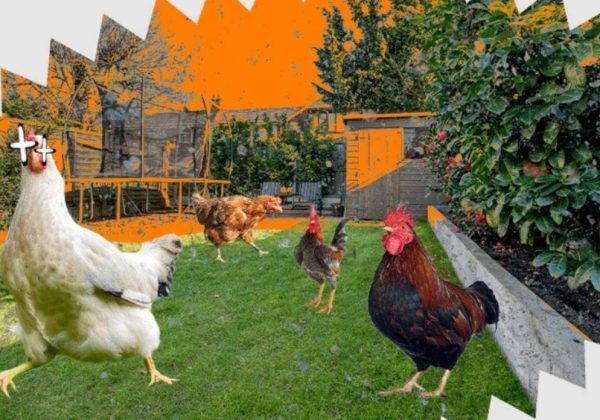
Are backyard chickens the answer to the egg crisis?
Considering getting a few chooks to cope with the egg shortage? Here’s what you need to know before you do.
In a suburban West Auckland backyard, a pecking order has been established. Despite being the smallest chicken, Ivy, a Brown Shaver, gets the first pick of food scraps, and has the run of the coop.
If there’s a fight looming, Poppy and Rosie, both Barred Plymouth Rocks, know to get out of Ivy’s way. “If scraps are thrown over, Ivy’s like, ‘Nup, I’m getting those,’” says their owner, Keryn. “She’s always first.”
There’s a hierarchy, but companionship is important for chickens. So is the right amount of water, food, grass, fresh air, shade and plenty of love. Keryn’s family of five has been providing their three home chickens with all that for the past five years, domesticating them so much they don’t mind being carried around by her kids. “They live a life of luxury in our backyard,” she says.
Read More here…
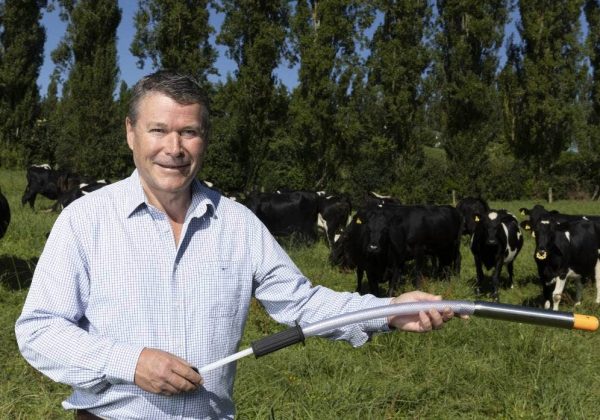
Pill dramatically reduces cattle’s planet-heating burps, says start-up
By 2025, capsules delivering a methane-inhibiting substance into the stomachs of livestock could significantly reduce the country’s greenhouse footprint.
That’s the goal of Waikato-based Ruminant BioTech. Repurposing the slow-release pills used to deliver medicines to livestock, the start-up created a proprietary capsule that it says reduced cattle-made methane by 90% for months.
Although the trials are at an early stage and haven’t been published, the start-up said its goal now was to deliver a commercially viable product that can cut methane by 70% over six months.
Cows, sheep, goats and deer all burp up planet-heating methane, a by-product of their digestion.
With the help of a $7.8 million government grant, Ruminant BioTech aims to get its capsules fully tested and approved for the market by 2025 – the date when farmers will pay emissions levies on their greenhouse gases and receive discounts if they reduce their footprints.
Read More here…
Australia
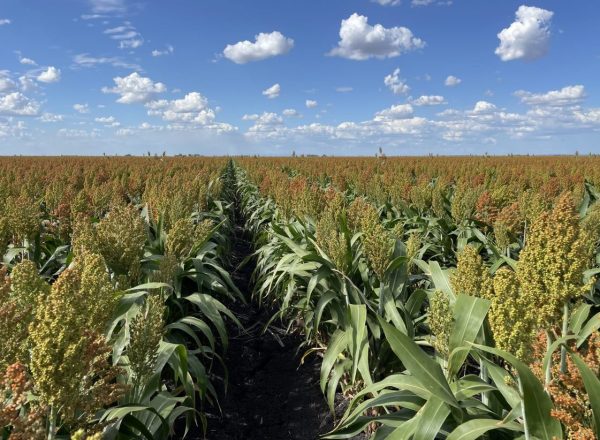
Patchy rain makes for mixed sorghum outlook
SORGHUM growers across New South Wales and southern Queensland are on the lookout for rain to shore up crop quality and yield as paddocks dry up sooner than expected from last year’s flooding events.
Early planted sorghum in some regions is faring well and is predicted to produce above-verage yields, with harvest to commence in coming weeks.
Most late November to early January planted crops are struggling from the lack of decent rainfall and will need a top-up well before harvest around May-June.
Darling Downs grower Stuart McIntyre has 1000ha of sorghum planted at his property near Jondaryan, said there was a clear difference between his early and late-planted crop, and plants that were under a shower and those which missed out.
“This season set itself up to be a really good with all the rain and regular rain up until the middle of December and then the tap turned off,” Mr McIntyre said.
Read more here

Australian canola exports skyrocket in Nov
AUSTRALIA exported 829,745 tonnes of canola in November, more than 20 times the 39,964t shipped in October, according to the latest data from the Australian Bureau of Statistics.
The surge reflects the arrival of new-crop canola at shipping terminals, and the oilseed being in high demand from European biodiesel manufacturers.
The November 2022 figure is up 72pc on the November 2021 revised shipment figure of 482,654t.
For November 2022, Germany on 257,644t was the biggest market, followed by France on 185,570t and Belgium on 125,649t.
Canola appears to have taken precedence in new-crop shipping stems out of South Australia and Western Australia, with the wet and slow start to the New South Wales harvest delaying movement of canola to its terminals.
Read more here …
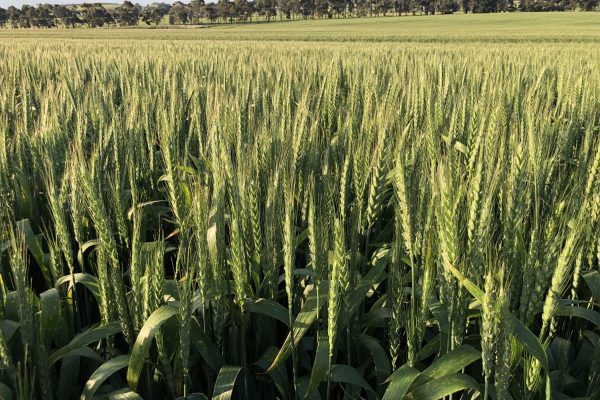
New wheat varieties offer Southern growers genetic diversity
WHEAT growers in south-eastern Australia have some exciting new genetics to help combat rising leaf-disease issues contributed to by high inoculum levels after years of limited variety diversity in the landscape.
Available to growers for the first time this season, the BASF varieties Reilly and Kingston both have AH accreditation for the Southern region, and are also adapted to southern NSW, where AH classification is pending.
Bred by BASF Wheat Breeding Australia, Reilly features enhanced genetic diversity which comes from a synthetic wheat parent.
“That’s given Reilly an MRMS rating to all stripe rust strains in 2022, and resulted in very promising trial and demonstration observations and results across sites in South Australia, Victoria and southern NSW,” territory sales manager Stuart Ockerby said.
Read more here…
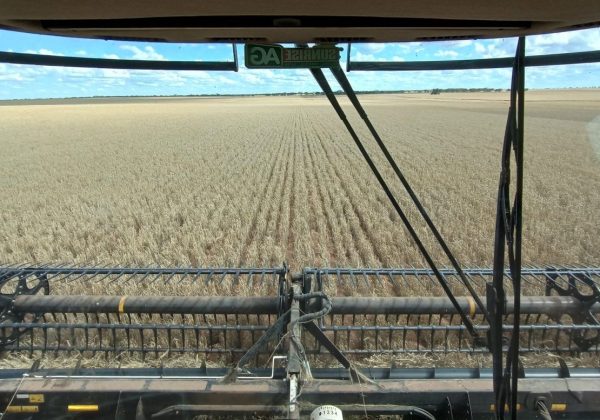
Aus Nov barley exports surge, sorghum dives
AUSTRALIA exported 104,492 tonnes of malting barley, 471,347t of feed barley and 120,306t of sorghum in November, according to the latest export data from the Australian Bureau of Statistics.
On malting, Mexico and Vietnam held the top two spots with 30,000t and 29,743t respectively, followed by Peru on 17,153t, and the monthly total was up 24pc from the October figure of 84,655t.
November feed barley exports were almost triple the October figure of 162,034t, with Saudi Arabia on 253,606t accounting for 46pc of the total; Qatar on 65,125t and Jordan on 62,788t were the second and third biggest customers.
China on 113,370t accounted for 94pc of November’s sorghum exports, with Taiwan on 5219t and The Philippines on 1318t the second and third-biggest markets.
Flexi Grain pool manager Sam Roache said malting barley has had another strong month, with Mexican and South American demand underpinning the program.
Read more here…

NT cotton area heads for record amid criticism
THE NORTHERN Territory cotton industry is optimistic about the current season with the expected 2023-24 cotton area tipped to be a record at more than 10,000 hectares ahead of the anticipated July opening of its game-changing gin.
However, the New Year hasn’t been all smooth sailing for the burgeoning industry, with new controversy involving allegations of illegal land clearing, and the release of an Australian Institute report questioning the economic benefits of the crop in the NT.
Three NT stations were the subject of an ABC 7.30 report into alleged illegal land clearing for cotton crops, with the properties currently under investigation by the NT Government.
Following the ABC broadcast, the Federal Department of Climate Change, Energy, the Environment and Water (DCCEEW) announced it would investigate the allegations.
Read more here…
South America
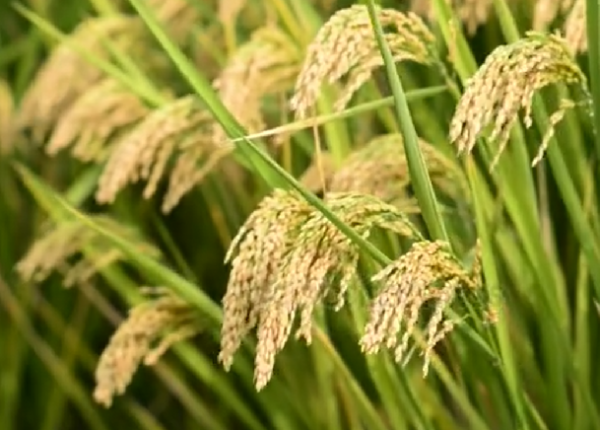
Brazilian rice exports jumped 85% during 2022 compared to 2021
As Brazil continues to expand its agriculture frontiers and farming techniques, two cereals of which the country has been historically an importer are becoming increasingly self-sufficient. This is particularly true for wheat and rice, with most crops in the southern states of the country.
In effect Brazilian exports of rice in 2022 totaled 2.11 million tons, with an 85% increase over the volume exported in 2021, according to the Brazilian Association of the Rice Industry (Abiarroz), which released a market update with data from the Ministry of Development, Industry, Commerce, and Services (MDIC).
In December 2022, shipments of rice reached 291,500 tons, with revenues equivalent to US$ 89.6 million. In December 2021, exports reached 161.700 tons and revenue was US$ 42.7 million.
According to the industry association, the increase in sales abroad was caused by the return to normalcy in global trade after overcoming the obstacles caused by the covid-19 pandemic, as well as promotional actions promoted by rice producers in strategic markets through the Brazilian Rice project, which was developed in collaboration with ApexBrasil.
Read more here…
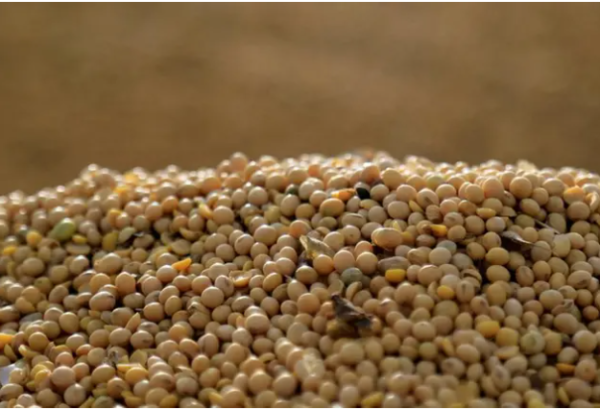
Soybeans at 1-1/2-week low on forecasts of rains in Argentina
SINGAPORE: Chicago soybean futures slid for a fourth consecutive session on Monday, to their lowest in more than one week as expectations of rains in Argentina’s parched growing areas eased concerns over supplies.
Corn fell to a one-week low, while wheat slid after closing higher on Friday.
“(Argentina’s) central crop areas received some rain over the weekend. And weather forecasters expect more of the same through this week,” said Tobin Gorey, director of agricultural strategy at the Commonwealth Bank of Australia.
“The moisture in those regions will arrest declines in crop conditions, stalling any further cuts to crop forecasts.”
The most-active soybean contract on the Chicago Board of Trade (CBOT) gave up 0.7% to $14.96 a bushel as of 0315 GMT, after hitting its lowest since Jan. 12 at $14.95 earlier in the session.
Read more here
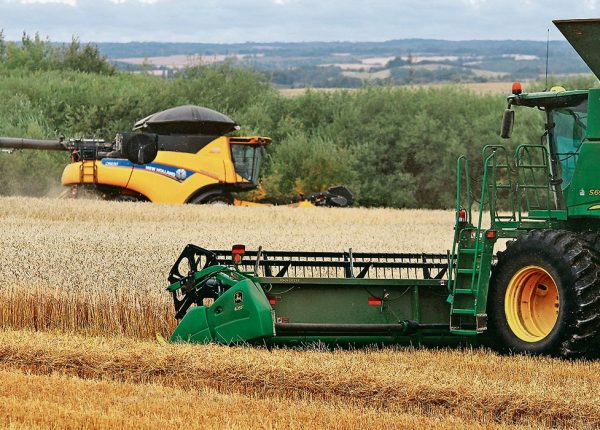
Brazilian 2022 agribusiness exports totaled US$ 160bn, up 32% from previous year
Brazilian agribusiness exports totaled almost US$ 160 billion in 2022, up 32% over the previous year, influenced by the performance of international prices, according to the Secretariat of Trade and International Relations (SCRI) from the Ministry of Agriculture and Livestock
The price index of products exported by agribusiness increased by 22.1% compared to 2021, and the volume shipped grew by 8.1%. With these increases, export agribusiness sales accounted for 47.6% of total exports in Brazil in 2022.
The growth in export volumes of agricultural products was reinforced by the increase in the 2021/2022 grain harvest, which reached 271.4 million tons. Corn and soybeans were the crops that grew the most, with almost 113 million tons and 126 million tons, respectively.
The export sectors that stood out between January and December 2022 were: the soy complex (US$ 60.95 billion, 38.3% of the total); meats (US$ 25.67 billion, 16.1% of the total); forest products (US$ 16.49 billion, 10.4% of the total); cereals, flours and preparations (US$ 14.46 billion, 9.1% of the total) and sugar and alcohol complex (US$ 12.79 billion, 8% of the total).
Read more here…

Evolution of the 2022/23 Chilean Cherry Season
On Jan. 16, Claudia Soler, executive director of the Chilean Cherry Committee of the Chilean Fruit Exporters Association (ASOEX), delivered a WeChat lecture to over 1,000 listeners of Produce Report, sharing the latest export statistics for Chilean cherries. Although a newcomer to the committee, Soler has over 20 years of experience in international trade.
Soler began the lecture by introducing the production of Chilean cherries. The total cherry planting area in Chile has now reached 67,570 hectares, of which only 49% are currently under production, thus suggesting enormous growth potential in the future.
As the topic proceeded to exports, Soler focused on Asian markets and especially the Chinese market. She said that 92% and 88% of Chile’s cherry exports during the 2021/22 season had gone to Asia and China, respectively. As one of the world’s major cherry producers and exporters, Chile accounted for 96% of the cherry exports originating from the Southern Hemisphere in 2021. From 2018 to 2021, exports of Chilean cherries increased by an average of 19% each year.
Read more here…
Food Updates

Could genetically modified rice tackle food shortages?
Researchers from the University of Sheffield have said that genetically modified rice could be key in tackling food shortages caused by climate change.
They have said that by genetically engineering rice to have better salt tolerance, crops could be grown in places that would otherwise fail.
With sea levels rising as a result of climate change, the researchers note that “more and more places around the world are struggling with seawater inundation”. This is where salt water from the sea is flooding further inland and destroying crops which can’t cope with the increased salinity.
Claiming that rice is the most important carbohydrate on earth and that it is relied on by 3.5 billion people every day, the researchers highlighted that in countries like Vietnam “it is becoming harder and harder to grow due to increasing seawater interference”.
However, findings from the University of Sheffield’s Institute for Sustainable Food have claimed that genetically modifying rice to reduce the number of stomata is has (tiny openings used for water loss) makes it more salt-resistant.
Read more here

Food inflation rises for 17th month in a row
According to the latest report released by the Office for National Statistics (ONS), UK food and non-alcoholic beverage prices rose from 16.5 percent in November 2022 to 16.9 percent in December.
The report has revealed that the annual rate of inflation for this category has been on the rise for 17 consecutive months, with inflation standing at 0.6 percent in July 2021.
In fact, the ONS has claimed that estimates suggest that the rate of food and non-alcoholic beverage inflation would have last been higher in September 1977, a time where it was estimated to be 17.6 percent.
Milk, eggs and cheese
Stating that the increase in the annual rate for food and non-alcoholic beverages was “driven by price movements from four of the 11 detailed classes”, ONS has revealed that the largest upwards effect from November to December came from milk, cheese and eggs where the prices rose by a total of 4.1 percent.

Could microalgae be the future sustainable superfood?
Researchers at the University of California, San Diego (UCSD) have claimed that microalgae “could be the future sustainable superfood in a rapidly changing world”.
Stating that it has environmental and nutritional advantages, the researchers say that microalgae is high in protein and has a high nutrition content.
The study, published in Frontiers in Nutrition, highlights current technologies used for commercially developing and growing microalgae, as well as the scientific and economic challenges to scaling production.
Although microalgae has previously been a studied in relation to biofuel (thanks to its high lipid content), algae are now attracting the interest of researchers because of the potential for it to be aa efficient food source.
Read more here…
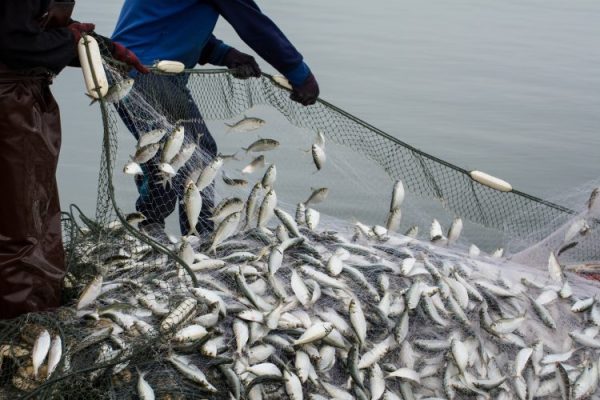
Study links freshwater fish with ‘forever chemicals’
A study has claimed a single serving of freshwater fish per year could be equal to a month of drinking water laced with the ‘forever chemical’ PFOS.
Scientists at the Environmental Working Group (EWG) have claimed that eating a single serving of freshwater fish per year could be equal to a month of drink water containing PFOS (perfluorooctane sulfonic acid) which, at high levels, can be harmful.
The researchers have determined that that eating one fish in a year equated to ingesting water with PFOS at 48 parts per trillion (ppt) for one month.
Suggesting that the findings are a particular issue for communities with environmental justice concerns (whose survival often depends on eating freshwater fish they’ve caught), EWG found the median amounts of PFAS in freshwater fish to be 280 times greater than forever chemicals detected in some commercially caught and sold fish
Read more here…

Inflation stifles one in six food and drink companies tech advances
16 percent of food and drink businesses have said inflation has stifled their business growth regarding tech advancements.
Commenting on the findings, James Clarkson, CEO of Adventoris, said: “As 2023 gets underway, these findings lay bare the impact the current economic climate is having on firms in the food and drink industry and it is disheartening to see the toll inflation and rising energy costs are taking.
Read more here…


